Genetic Variants Explained
Genetic variants are critical to fields like evolution, diagnostics, and medicine—but they’re complex. This article breaks them down.
Join Us
Sign up for our feature-packed newsletter today to ensure you get the latest expert help and advice to level up your lab work.
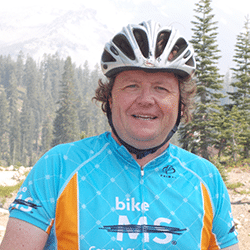

Genetic variants are critical to fields like evolution, diagnostics, and medicine—but they’re complex. This article breaks them down.

A quick start guide to methods of assessing protein post-translational modifications

In part I, I answered the question, “How do proteins in thermophiles survive under high temperatures?“ In this part, I’ll look look at how nucleic acids survive -thrive, even- in conditions that are too hot for most of us, but ideal for a number of organisms, including the one that gave us Taq polymerase and…
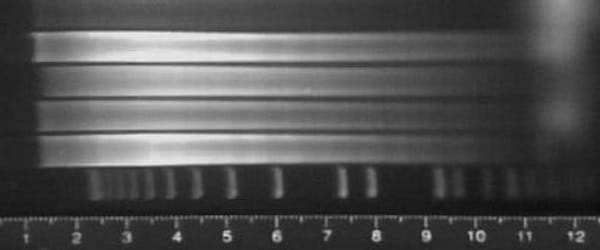
At a meeting recently, I asked two PhD molecular biologists about the last time they used a Southern blot. After nearly a minute of unrestrained laughter, they asked “Who on earth still does that?” “Maybe for a very, very specific use,” conjectured one of the scientists. When I asked the scientist who taught me the…
On the surface, it would seem easy enough to pick an enzyme (or an amount of enzyme) for an experiment. Just look at the concentration on the label, adjust accordingly, and you’re on your way. Alas, not with enzymes. The number of units used to measure enzymes is dizzying. However, it’s better now than it…
Ion Torrent technology, when it was introduced in 2010, was one of several machines that promised to revolutionize genetics. These were benchtop machines that showed their prowess in quickly sequencing smaller exomes and other DNA samples (about 10-20 million bases per run, compared to Illumina HiSeq, which could read 250 billion bases in a run)….
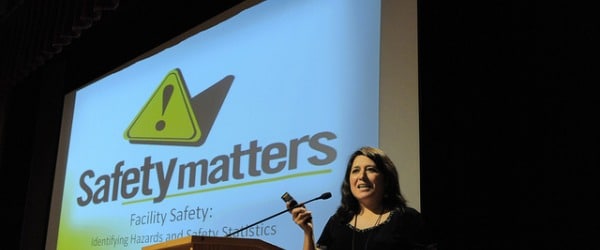
More than a pun on the explosive growth of sequencing data, BLAST makes annotation and comparisons of similar sequences much easier. Created by a group at the U.S. National Center for Biotechnology Information in 1991, the Basic Local Alignment Search Tool is arguably the most heavily used tool for sequence analysis (that’s available for free,…
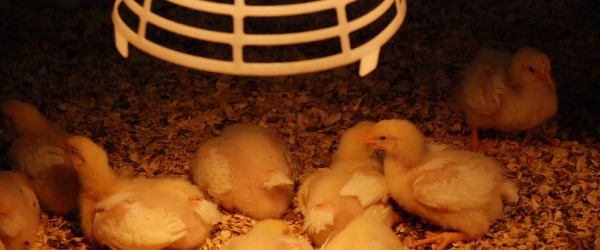
Finding adequate sources of funding is the primary challenge of just about any startup company, and biotechnology is no different. In fact, the regulatory, scientific and logistical requirements of making a new drug or device could easily be the most challenging of any industry. In addition, the global recession of 2007-2009 (combined with austerity measures…

DNA sequencing (PCR, Sanger or next-generation sequencing (NGS)) is a now familiar part of any molecular biology lab. But ‘RNA-seq’, the so-called “Cinderella of genetics”, is now becoming the belle of the ball, providing new insights into this most central molecule of the ‘central dogma’. The many flavors of RNA Whilst genomic DNA is the…
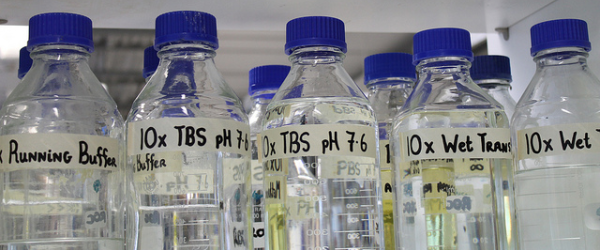
Buffers are often taken for granted, but they can make or break an experiment. In previous posts, we’ve talked about the wide ranges of buffers available for biological research and the characteristics of a “Good” buffer. Organic buffers are not inert! They can interact with your experimental molecule, or change pH due to changes in…
Just about any molecular biology experiment will involve the action of enzymes or other active proteins. And when enzymes are involved, the pH of your experimental environment is going to change. This is because most enzymatic reactions involve the loss or gain of hydrogen ions (protons), which modifies the pH of the environment. Biological systems…
The Irish Famine (or ‘Great Potato Famine’ if you live outside the Emerald Isle) killed one million people and forced another million to leave the country between 1845 and 1852. It was caused by a blight on the country’s main food stock- the Irish ‘Lumper’ potato. Now, researchers have identified the genome of the blight…

Comparing and measuring gene expression is certainly an integral part of research—gene expression patterns continue to show us how different cell networks are regulated, and point to new biological pathways and possible treatments for disease. But one crucial part of gene expression lies in making sure that differences in gene expression are due to gene…
Plasmids—the loops of DNA in bacteria that form the original foundation of biotechnology—were being discovered constantly in the 1940s and 1950s. The only problem was, they were called everything but. Series of scientists found bacteriophages and other strange loops of somatic DNA, and gave them a series of names, including: pangenes, bioblasts, plasmagenes, plastogenes, choncriogenes,…
Just before Life Technologies purchased the start-up company Ion Torrent, the fledgling company was dealing with a torrent of another kind—worldwide media interest in its new sequencing technology, which promised to bring the price of next-generation, massively parallel sequencing down to $1,000 per run. Since that dramatic announcement in the summer of 2011, Life Technologies…

Mycoplasmas are the most difficult-to-detect organisms in your eukaryotic cell culture. And they can be the most dangerous; they can disrupt cell growth and differentiation and even apoptotic patterns without you even knowing what’s going on until it’s too late. Traditional cell culture methods can take up to a month to yield results, which means…

A young laboratory technician was puzzled by his plates when he pulled them out of the warm room. They never looked that cloudy and fuzzy before. He brought them to his lab director, who shook her head sadly; together, they threw the plates away. Does this story sound familiar? What probably happened was an all-too…
Mycoplasma infections are very, very bad news; these special prokaryotes can rapidly spread through your cell culture and inhibit cell proliferation, induce apoptosis, cytokines and radicals, and otherwise transform your cells. Worst of all, since contamination is not easy to spot, you may not realize your culture is contaminated until it’s too late. The 100…
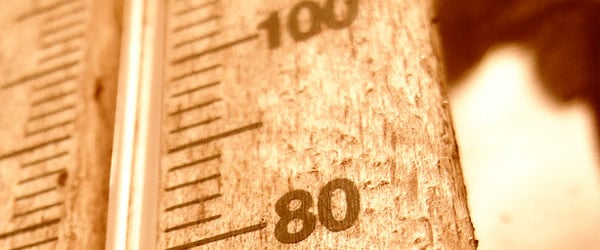
In response to my last article, The Taq behind PCR, one of our readers, Bonnie Barrilleaux, asked whether DNA could naturally survive at temperatures that would denature it. It also begged the question; how do proteins stay intact and functioning at these high (55°C and up) temperatures? It turns out, cells do a lot of…
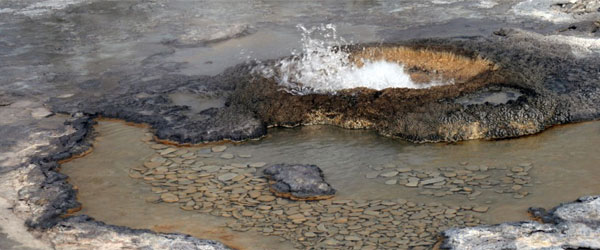
Nobel Laureate Kary Mullis is generally credited with inventing the polymerase chain reaction, but his discovery owes a lot to a microbiologist who loved to travel, some refuted assumptions of what can live in hot springs, and a now-closed field station in Yellowstone National Park.Here’s the story. In the 1960s, Thomas Brock was a biologist…

The eBook with top tips from our Researcher community.